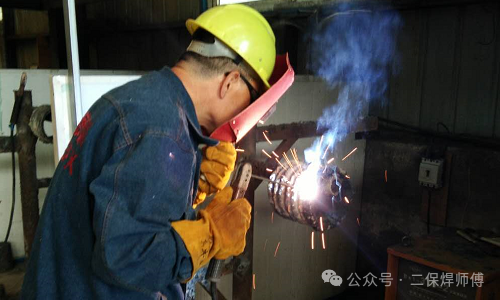1. The working principle of secondary welding
Double protection welding is a protective gas welding method that uses two gases for protection. One is an inert gas (such as argon) used to prevent oxidation. Another type is active gas (such as carbon dioxide), used to reduce the surface tension of the molten pool, so that the welding wire can better wet the molten pool.
2. The advantages of secondary welding
1. Fast welding speed
The welding speed of secondary arc welding is relatively fast, usually several times faster than traditional manual arc welding, because it uses high-energy density arc, so the required time is very short.
2. Low welding cost
Due to the fast welding speed of secondary welding, the labor cost is correspondingly reduced, so its overall cost is lower than traditional welding methods. In addition, using inert gas to protect the molten pool can avoid oxidation, thereby reducing subsequent processing costs.
3. Can weld large-sized workpieces
Double protection welding is commonly used for welding large-sized workpieces because it does not require frequent stops for repair welding, making it easier to seamlessly weld larger workpieces.
4. Avoid quality issues
Double protection welding avoids quality issues such as oxidation and hydrogen cracking. Using inert gas to protect the molten pool can prevent oxidation, while active gas can effectively prevent the occurrence of hydrogen cracking.
